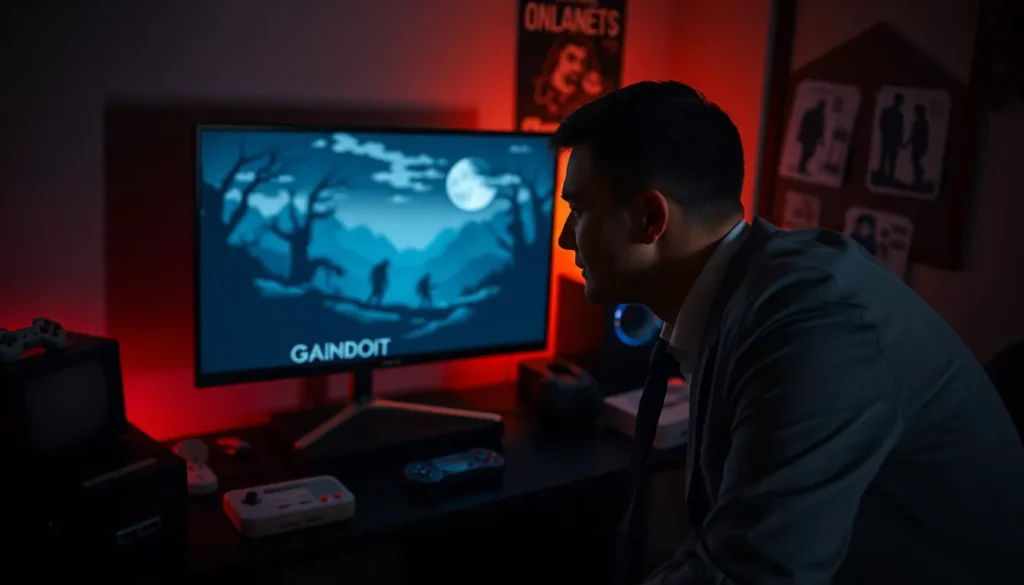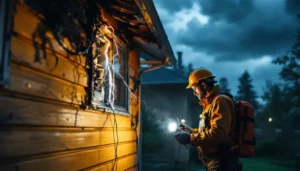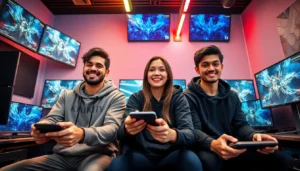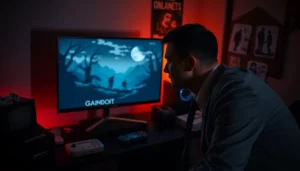Table of Contents
ToggleIf you think pixel art is only for cute, cuddly games, it’s time to rethink your stance. Welcome to the eerie world of pixel horror games, where retro visuals meet spine-chilling narratives and gameplay that can make even the bravest heart skip a beat. Think about it: sometimes the scariest things are the ones you can’t see clearly. But what’s lurking behind those pixelated graphics? Stick around, because we’re about to unpack a world where nostalgia meets fear, in a battle to see who really holds your heart, gaming or terror.
What Are Pixel Horror Games?
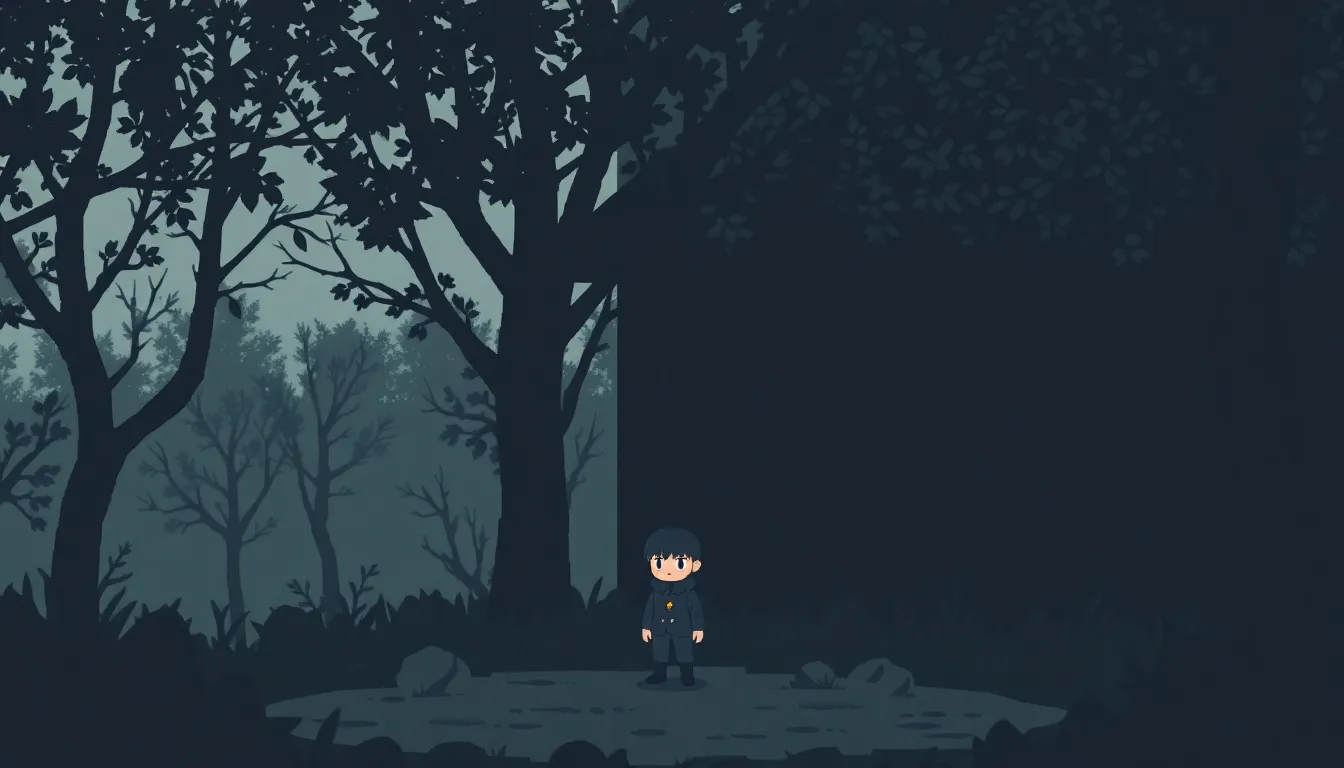
Pixel horror games, as the name suggests, are horror-themed video games that use pixel art for their graphics. This distinctive style gives these games a retro vibe, evoking a sense of nostalgia that lingers long after the screen goes dark. It’s a fascinating blend of simplicity and creativity. Instead of hyper-realistic graphics, pixel horror games often rely on abstract imagery to convey fear, allowing players’ imaginations to fill in the gaps.
What sets these games apart is their ability to evoke fear through minimalistic visuals. The pixelated characters and environments leave just enough to the imagination, enhancing the horror factor. Developers understand that the unknown is often more terrifying than what is clearly presented, hinting at dangers hidden within the pixels. Whether it’s an abandoned house, a decrepit forest, or a shadowy underground lair, the pixelated aesthetic lends itself to creating a perfect atmosphere for horror.
The Evolution of Pixel Horror Games
The journey of pixel horror games began in the 1980s, with simple graphics and limited capabilities. Early titles like ‘Castlevania’ and ‘Horror of the Dead’ laid the groundwork, showcasing how pixel art can convey horror even with rudimentary technology.
Fast forward to the 2000s, when indie developers started to reclaim pixel art. They crafted experiences that were not only scary but also laden with psychological nuances. Games like ‘Yume Nikki’ and ‘Lone Survivor’ gained cult followings, proving that indie creators could produce unique narratives that traditional studios often overlooked.
Today, pixel horror games have evolved into a celebrated genre with titles like ‘Mad Father’ and ‘The Witch’s House.’ These games not only captivate players with their stories but also establish a rich history by building on the foundation laid by their predecessors. With each new game, developers challenge themselves to innovate while respecting the genre’s roots.
Key Features of Pixel Horror Games
Pixel horror games are famous for several compelling features that elevate the gaming experience:
- Atmospheric Storytelling: Instead of flashy graphics, these games focus on narrative depth. Stories often jump into psychological elements, exploring themes like loss, fear, and the human psyche.
- Minimalist Graphics: The pixel art design often means less detail, which can enhance the sense of dread. Playing on the fear of the unseen makes the pixelated horror even more effective.
- Distinct Sound Design: Sound is crucial for creating tension. The combination of eerie soundscapes with retro visuals often heightens players’ anxiety. Just think about how a chilling whisper or distant howl can amplify suspense.
Notable Pixel Horror Games to Experience
- “The Last Clockwinder”: Combining time manipulation with puzzles and horror, this game offers an engaging experience that keeps players on edge.
- “One Night, One Room”: This game emphasizes psychological horror within a confined space. It prompts players to confront their fears in a few hours of gameplay.
- “Meridian 157”: Mixed with adventure puzzles and survival elements, this game showcases how pixel horror can integrate different mechanics seamlessly.
The Role of Atmosphere and Sound Design
The atmosphere in pixel horror games is built through a careful combination of visual style and sound design. Unlike big-budget games that may rely heavily on graphics, the pixel horror genre makes every pixel count. The atmosphere isn’t merely a backdrop but a crucial player in the narrative.
Sound design enhances these visuals dramatically. Take for instance the use of ambient sounds, which can induce fear without needing a single jump scare. Distorted whispers, creaking doors, or unsettling background music can send shivers down a player’s spine. Coupled with pixelated visuals, these elements work together to create a compelling experience that keeps players glued to their screens.
The Impact of Pixel Art Style on Horror
The pixel art style significantly impacts how horror is perceived and experienced. By simplifying visuals, developers effectively encourage players to use their imagination. When players can’t see every detail of a looming shadow, their mind creates scenarios far scarier than anything presented on screen. It’s a simple yet effective strategy.
Also, pixel art can evoke nostalgia, harkening back to the gaming experiences of earlier generations. This nostalgia can amplify the feeling of vulnerability: players remember the innocence of childhood gaming, only to find themselves confronting nightmarish scenarios within the same visual style.
Essentially, pixel art serves as a double-edged sword, offering both comfort and fear, making the gaming experience all the more profound.
Community and Indie Developers in Pixel Horror
The rise of pixel horror games is largely attributed to passionate indie developers and an enthusiastic community. Independent game creators have embraced the genre, crafting unique, personal experiences. They often draw upon their own fears and anxieties to create engaging narratives players can relate to.
Community plays an essential role. Fans of the genre share recommendations, insights, and even create fan art, contributing to a vibrant ecosystem around these pixelated horror stories. Platforms like itch.io provide a nurturing space for developers, allowing them to share their work with audiences who appreciate their dedication to this niche genre. As a result, pixel horror games continue to flourish, driven by innovation and the passion of indie creators.

